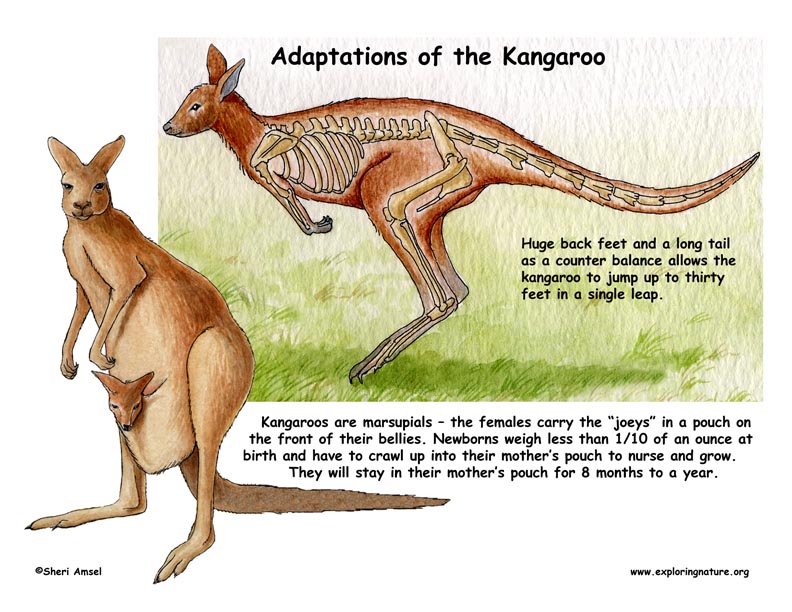85 Animal Adaptations Examples For Kids
Some animals use camouflage colours to help them blend in with the background and stop predators seeing them. Adaptations to Catch Prey Kingsnakes Are Immune to Venom.
An adaptation can be a body part body covering or behavior that helps an animal survive in its habitat.

Animal adaptations examples for kids. Adaptation camouflage hibernationnmigration You can answer the following questions by watching this video What is hibernation Examples of hibernating. Adaptation in Animals Science Video For Kids PeriwinkleWatch our other videosEnglish Stories for Kids. Of course the primary function of wings is flight in most animals with wings.
The shape of a birds beak helps them to eat food as well as make nests. Create Your Account To Take This Quiz. Animal adaptations for kids is a video that explores the different ways that animals can adapt to their environments.
Of all the wonderful adaptations in the animal kingdom perhaps the most important is the habit of living together in communal or family groups. There is a number of ways that differe. Examples of physical adaptations the thickness of an animals fur helps them to survive in cold environments.
Explanations and examples of different types of organism adaptations including. Their long hairy bodies have algae growing on them to blend in with the trees. Animals depend on their physical structure to help them find and eat food to build shelters to protect from predators and to reproduce.
This is called camouflage. Kingsnakes are known as kings because they eat other snakes. Examples of behavioral adaptations include birds calling to mates birds building nests skunks spraying to warn predators opossums playing dead and black bears bluff charging as a.
Although most think of birds when it comes to wings other animals like the vampire bat also have wing-like structures that help it fly. Any action a plant or animal takes to survive in an environment is called a behavioral adaptation. They can use their tail to grip branches with like an extra arm or leg.
Feathers consist of several parts. For Roberta the Zebra her black and white stripes help her blend in with her habitat and hide from predators. Its food for the oxpeckers and the zebras can get rid of pests.
As a member youll also get. Children may notice that a lot of animals who live in cold snowy areas are white. Structuralphysical adaptations behavioural adaptations and physiological a.
Feathers greatly assist in fight an adaptation which allow birds to escape predators protect their young by nesting high above the ground or migrate to a different habitat to escape cold weather breed or search for food. So to bats cuddling is about more than being friendly it is about survival. Salmon migrating upriver to breed.
Point out that this is an adaptation because the white helps them to camouflage and survive. Animals can also adapt to their habitat by working together to survive this is called symbiosis. Fish gills for breathing.
Animals can derive a lot of benefit from spending time with other members of the same species. Camels long leg eyelids hump are all examples of adaptation. Other adaptations make animals difficult to eat such as an armadillo.
The shape of a beak the type of feet the placement of eyes the presence of whiskers the shape of the nose or ears and the sharpness of teeth are all examples of structural adaptations which help different animals to survive. Octopuses are extremely intelligent and skilled at escaping predators. Wings are another highly visible adaptation on many animals.
Some adaptions allow animals to escape such as lizards with tails that snap off when a predator tries to capture it. Adaptation Facts for Kids. A bird singing a song to attract a mate.
Some monkeys like our black and gold howler monkeys have adapted their tail to be prehensile. Kiddle Encyclopedia Body Parts. For example in the African savannahs birds called oxpeckers sit on the backs of zebras to pick off lice and other bugs.
She also has special body parts for example her grinding teeth. Animals like the golden eagle and peregrine falcon can reach speeds. After completing this experiment you can discuss with children what other adaptations they think polar bears or other animals have to help them survive.
For example sloths move very slowly through trees making them hard to spot.

